Nighttime Shore Fishing: What You Need to Know
Beneath the darkened sky, where the rhythmic sounds of waves meet the shoreline, a unique fishing experience awaits the adventurous angler. Nighttime shore fishing offers not just the potential for exceptional catches, but a completely different atmosphere compared to daytime pursuits. As nocturnal fish species become more active and the competition from other fishermen diminishes, the darkness brings both challenges and rewards. Whether you’re a seasoned angler looking to expand your fishing horizons or a newcomer curious about trying something different, nighttime shore fishing combines the thrill of the catch with the serenity of being by the water after sunset.
This comprehensive guide will walk you through everything you need to know to make your nighttime shore fishing experience both productive and memorable.
Understanding Why Night Fishing Works

Nighttime fishing isn’t just an alternative to daytime angling—for many species, it’s the optimal time to cast your line. Many fish species, particularly predatory ones, become more active feeders after sunset when water temperatures cool and they feel more secure venturing into shallower waters. Species like striped bass, bluefish, catfish, and many types of sharks often feed more aggressively at night, making them prime targets for the night angler. Additionally, reduced human activity creates a calmer environment, allowing fish to move more freely near shorelines where they might otherwise be skittish during daylight hours.
Understanding these biological and behavioral patterns can significantly increase your chances of a successful nighttime fishing expedition.
Essential Gear for Night Fishing Success
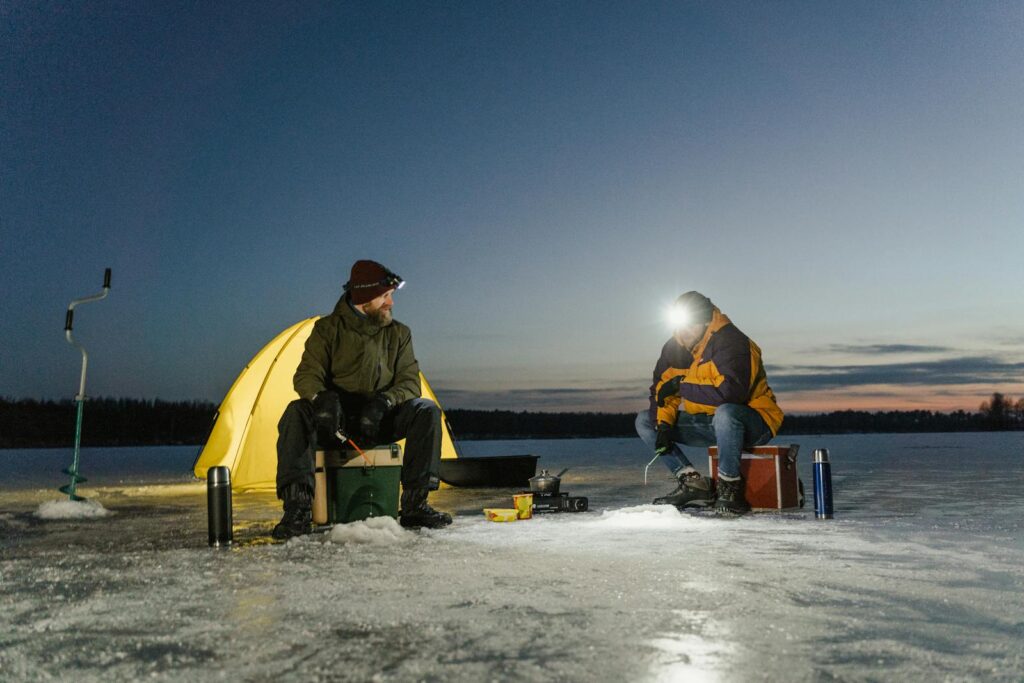
Successful nighttime shore fishing begins with the right equipment, adapted specifically for low-light conditions. A reliable headlamp with both white and red light options (red preserves your night vision) is perhaps the most crucial piece of gear, allowing you to tie knots, handle fish, and navigate safely while keeping your hands free. Rod holders become particularly valuable at night, enabling you to set up multiple lines while remaining alert to strikes without constantly holding your rod. A quality tackle box with compartments that allow easy access without dumping contents is essential when fumbling in the dark.
Finally, don’t underestimate the importance of a comfortable, sturdy chair and an insulated cooler—night fishing often involves longer waits between action, and staying comfortable and refreshed helps maintain your focus when that big strike finally comes.
Selecting the Right Rods and Reels
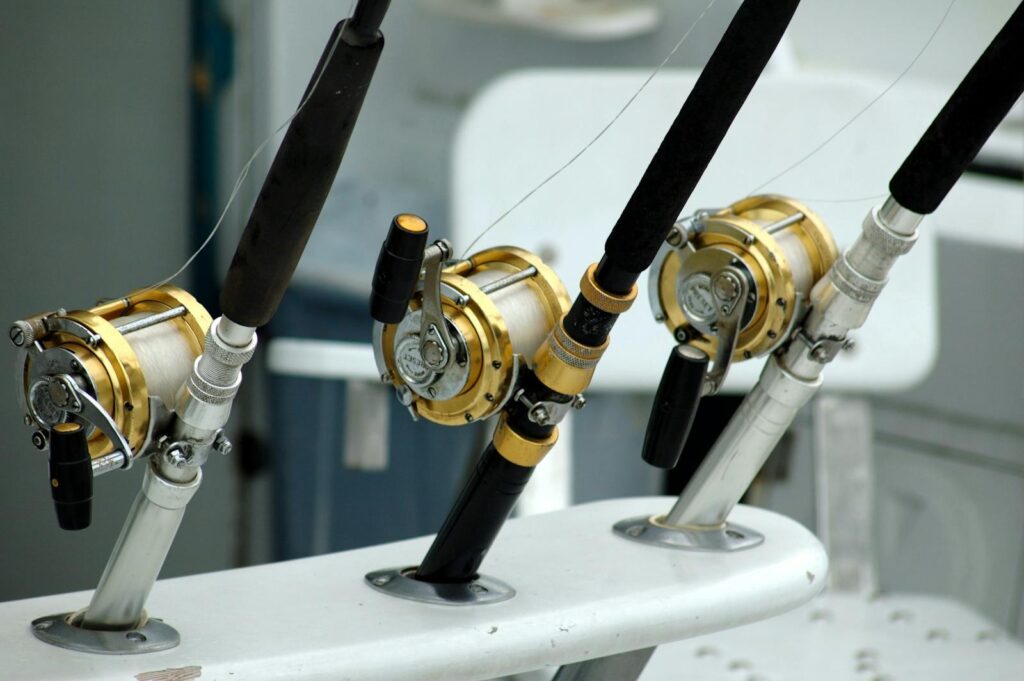
The choice of rods and reels for nighttime shore fishing should be guided by both your target species and the specific shoreline conditions you’ll encounter. Generally, medium to medium-heavy rods in the 7-10 foot range offer versatility for most shore fishing scenarios, providing the backbone needed for larger nighttime predators while maintaining casting distance from the shore. Spinning reels in the 4000-6000 size range strike an excellent balance between capacity and control, able to hold sufficient line while remaining manageable in low-light conditions. Consider reels with higher retrieve ratios for fishing areas with stronger currents, allowing you to keep tension on your line even when visibility is limited.
Remember that night fishing often targets larger specimens, so don’t compromise on quality—sturdy drag systems and durable components are worth the investment when you’re battling a trophy fish in the darkness.
Bait and Lure Selection for Nocturnal Feeding
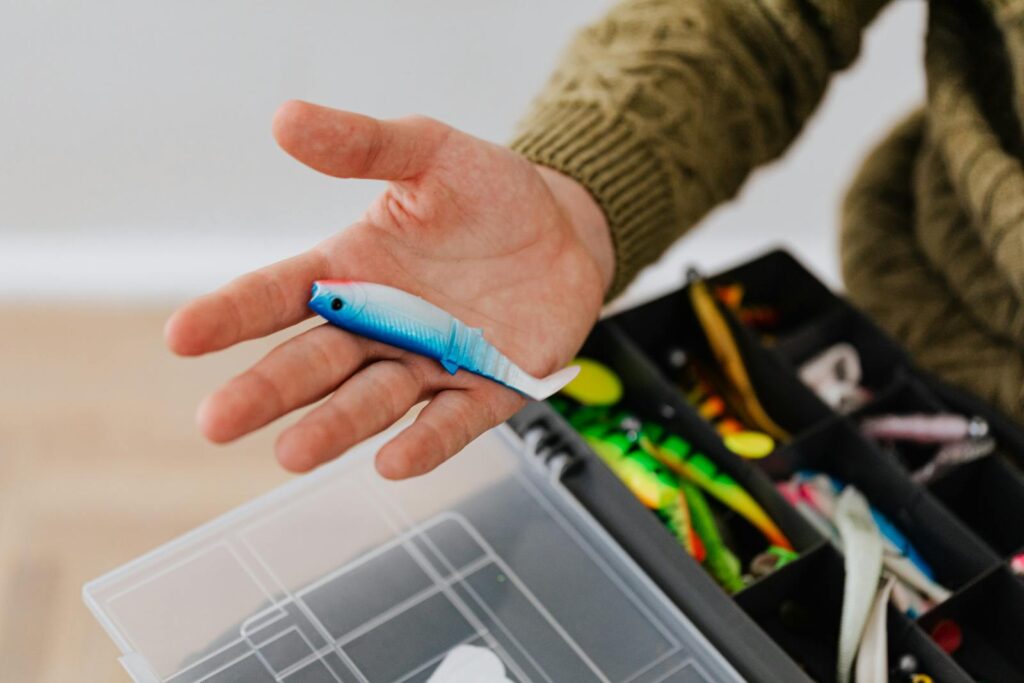
The nighttime feeding behavior of fish requires specific consideration when selecting baits and lures. Live baits often outperform artificial options at night, with mullet, bunker, eels, and large shrimp being particularly effective for many saltwater species. These natural offerings provide both the scent and vibration that nocturnal predators rely on when visibility is reduced. For those preferring artificial lures, noisy topwater plugs, glow-in-the-dark swimbaits, and lures with strong vibration patterns can trigger aggressive strikes in the darkness. Black, purple, and dark blue lures often create the most visible silhouettes against the night sky when viewed from below by predatory fish.
Consider using scented artificial baits or adding fish attractants to your lures, as the sense of smell becomes increasingly important for fish hunting in darkness.
Navigating Safety Concerns in the Dark
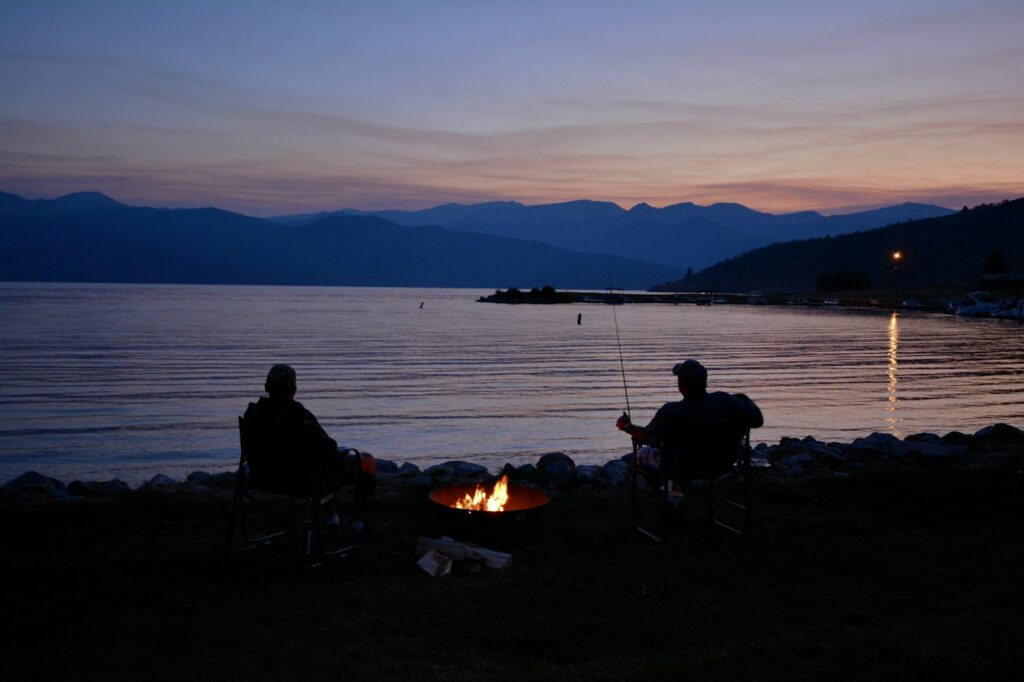
Safety must be your top priority when fishing shorelines after dark, as familiar daytime locations transform considerably under nightfall. Always scout your fishing location during daylight hours first, noting potential hazards, safe entry and exit points, and tide patterns that might affect access. Inform someone of your planned location and expected return time before heading out for a night fishing session. Carry multiple light sources (headlamp, flashlight, and backup batteries) and consider wearing a personal flotation device when fishing from rocks or areas with potential for strong waves. Weather conditions can change rapidly at night, so bring appropriate clothing layers and check forecasts meticulously before heading out.
Remember that cell phone reception may be limited in remote fishing spots, making advance preparation and caution even more crucial after dark.
Reading Water and Selecting Locations
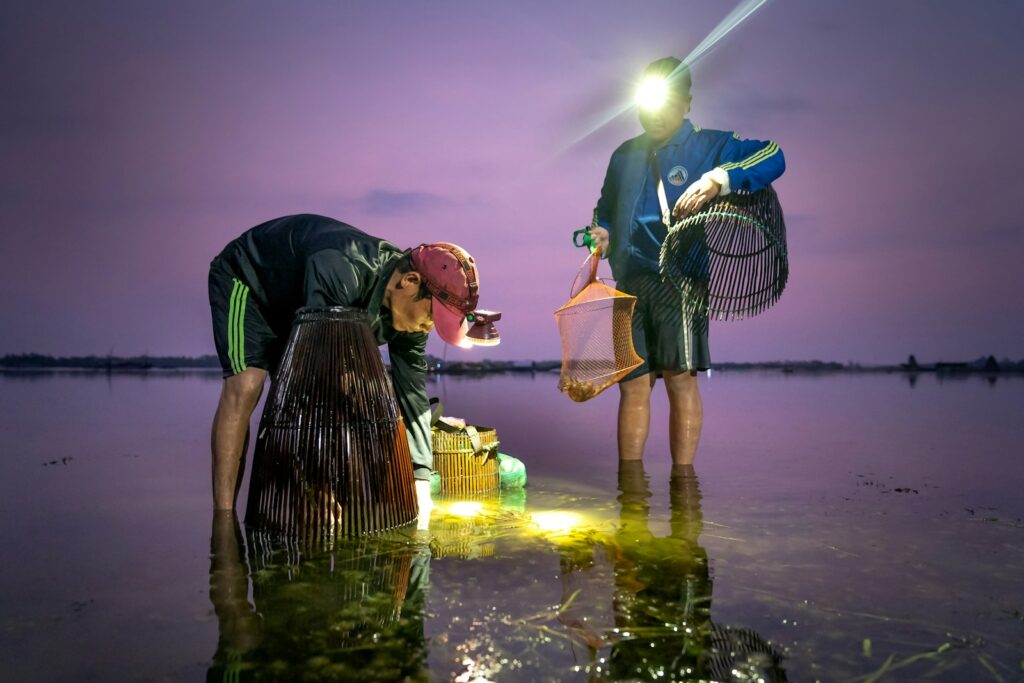
While darkness limits visual cues, successful night anglers develop skills to “read” shorelines and identify productive fishing spots through other means. Listen for the sounds of baitfish activity, splashing, or predatory fish feeding—these audio clues can lead you to action hotspots. Structure remains crucial at night, with bridge pilings, jetties, sandbars, and channel edges concentrating fish activity. Many species move closer to shore after dark, making areas that might be unproductive during daylight suddenly become prime fishing territory. Pay attention to light sources along the shore, as dock lights, bridge illumination, or even moonlight creates shadow lines that predatory fish often patrol.
Learning to identify these nighttime fishing patterns requires patience, but understanding how to locate fish when visibility is limited is the true art of successful night fishing.
Techniques Specific to Night Fishing
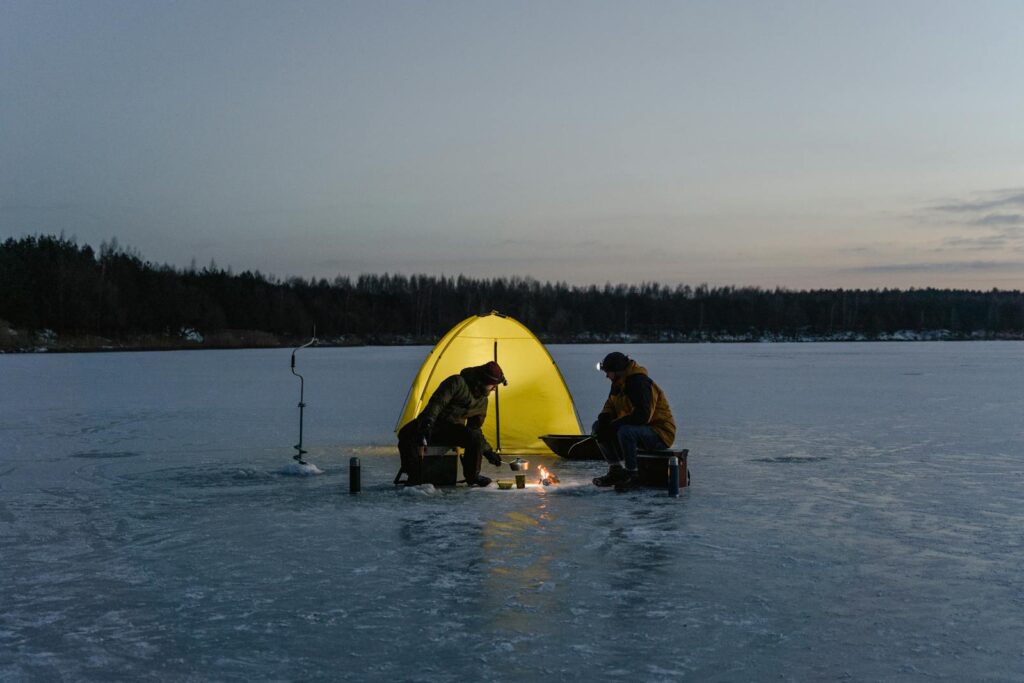
Night fishing demands adaptations to your standard fishing techniques to accommodate reduced visibility. Slowing down your retrieval speed often proves effective, giving fish more opportunity to locate and strike your offering in the darkness. Consider using larger, more noticeable baits that create more vibration and disperse more scent throughout the water column. Setting up multiple rods with different bait types and at varying distances from shore allows you to test what’s working without constant recasting. When casting, aim for areas where currents create natural feeding lanes, such as where tidal flows concentrate baitfish around structural elements.
Strikes at night tend to be more aggressive but less precise, so allow fish an extra moment to secure the bait before setting the hook—patience often results in better hooksets when fishing after dark.
Targeting Specific Nocturnal Species

Different fish species exhibit unique behaviors at night that informed anglers can exploit for greater success. Striped bass, particularly trophy-sized specimens, often move into shallow feeding zones after dark, making them more accessible to shore anglers using large chunks of fresh bait or swimming plugs. Catfish become notably more active at night, with their exceptional sense of smell leading them to strong-scented baits like cut fish, chicken livers, or prepared stinkbaits placed in deeper holes near structure. Flounder fishing improves dramatically after sunset in many regions, with these ambush predators moving onto sandy flats to hunt—slow-dragged jigs tipped with strips of squid can be devastatingly effective.
In saltwater environments, many shark species patrol closer to beaches at night, making them surprisingly accessible to shore anglers using larger baits deployed beyond the breaking waves.
Understanding Tides and Lunar Influences

The relationship between tidal movements, lunar phases, and fish behavior becomes even more pronounced during nighttime fishing. Moving water generally produces better results than slack tide periods, with the first and last hours of tidal movement typically generating the most consistent action. Many experienced night anglers prioritize fishing during the major moon phases, particularly around full moons when increased illumination allows predatory fish to see better while still providing them the security of darkness. Some species, like tarpon and snook in southern waters, often exhibit predictable feeding patterns tied directly to moonrise and moonset times regardless of the actual time of night.
Tracking these natural cycles and planning your fishing sessions around peak movement periods dramatically increases your chances of encountering active, feeding fish during your nighttime outings.
Managing Your Catch in Darkness
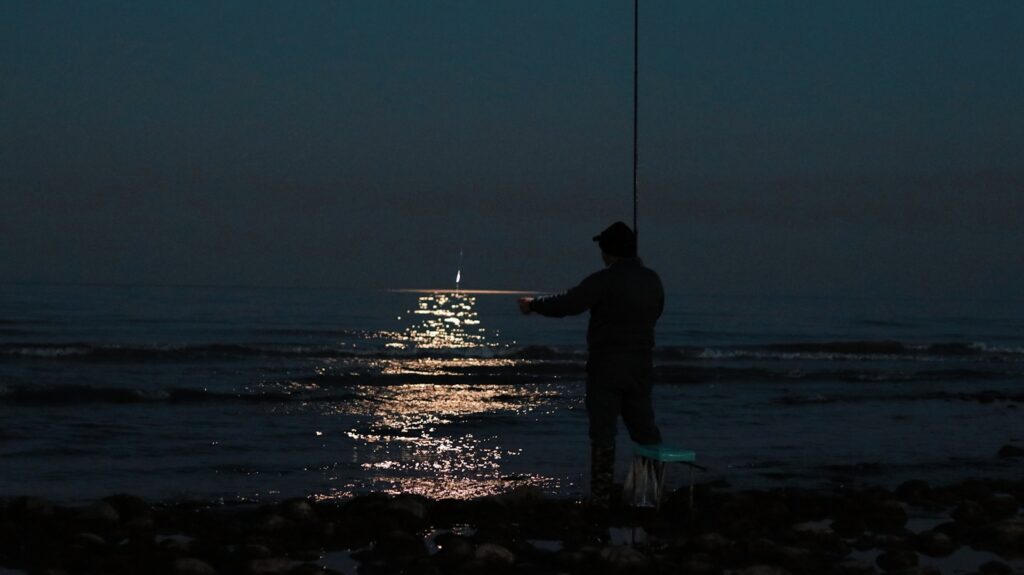
Landing, handling, and releasing fish safely presents unique challenges in the darkness of night fishing. Keep landing tools like nets or lip grippers readily accessible and attached to retractable lanyards to prevent dropping them in the dark. Position your headlamp to illuminate your work area without shining directly in the fish’s eyes, which can cause stress to your catch. Unhooking mats provide a safe surface for fish handling and prevent them from picking up sand or dirt that could damage their protective slime coating. For catch-and-release fishing, minimize air exposure by having pliers and hook removers prepared before landing the fish, and consider barbless hooks which allow for quicker releases with less handling.
Taking photos at night requires preparation—have your camera ready with appropriate settings for flash photography before landing a fish to minimize handling time.
Weather Considerations for Night Anglers
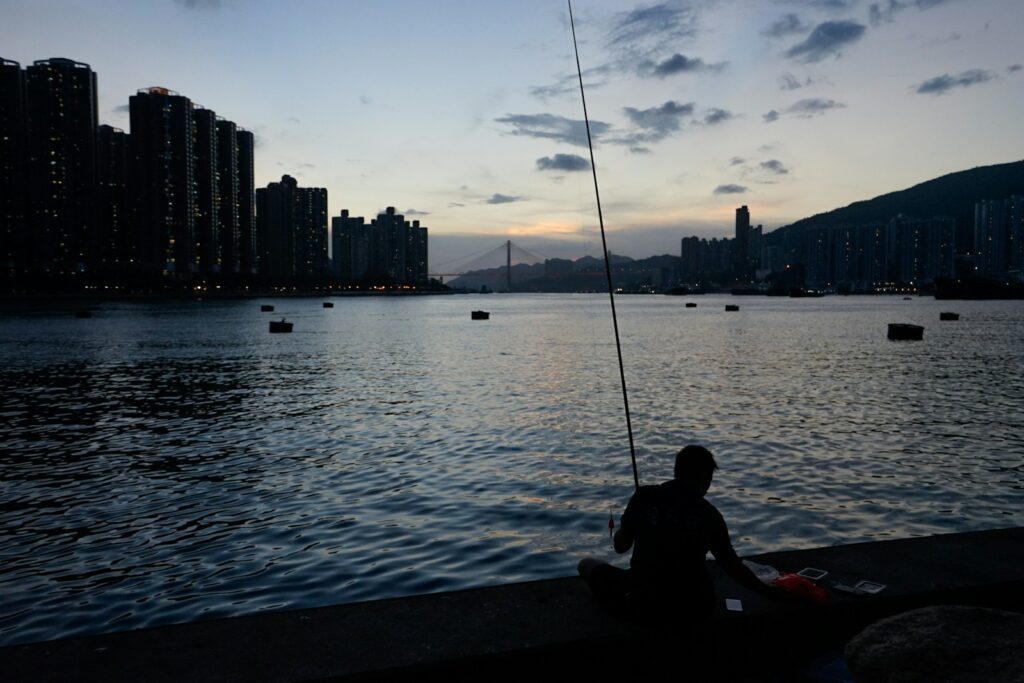
Weather conditions affect nighttime fishing differently than daytime angling, creating both challenges and opportunities for prepared fishermen. Falling barometric pressure often triggers feeding frenzies among many species, making the hours before an approaching weather system particularly productive—though safety must always be your priority with storms approaching. Wind direction becomes crucial at night, with onshore winds pushing baitfish toward the beach and often creating better fishing conditions for shore-bound anglers. Temperature drops after sunset can trigger feeding activity, but extremely cold nights might require slowing down your presentation as fish metabolism decreases.
Light rain often improves fishing by disturbing the water surface and reducing the fish’s ability to clearly identify lures as artificial, though heavy rain can create dangerous conditions and reduced visibility for anglers themselves.
Etiquette and Regulations for Night Fishing
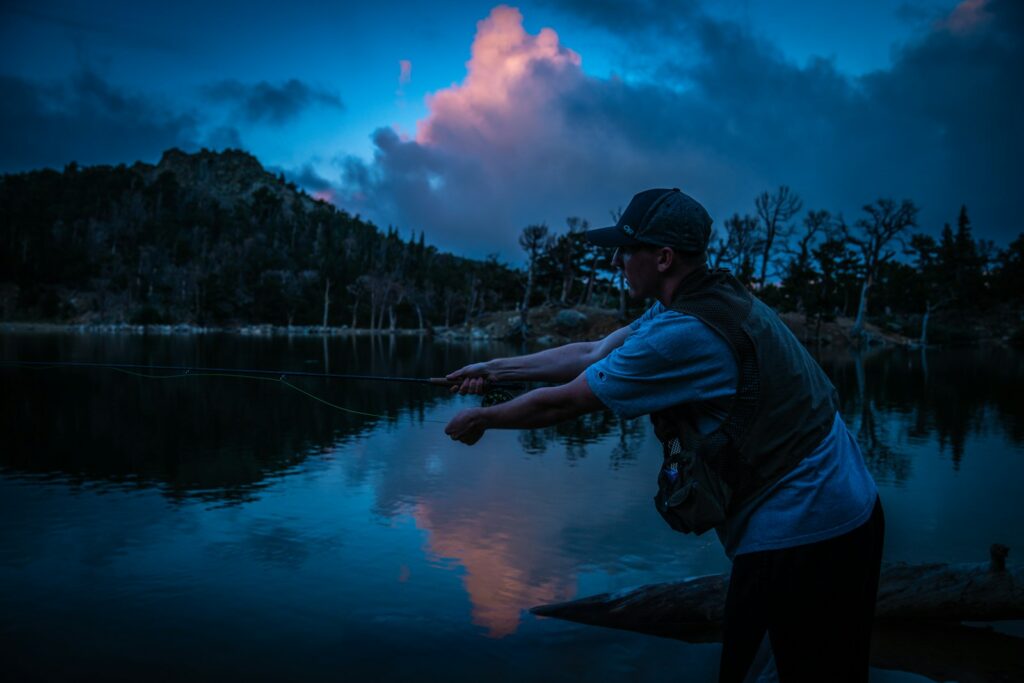
Night fishing comes with its own set of etiquette considerations and often specific regulations that differ from daytime fishing. Many beaches, parks, and fishing access points have specific hours of operation or require special permits for nighttime access, so research local regulations thoroughly before planning your trip. When arriving at or leaving fishing spots after dark, be mindful of noise and light discipline to avoid disturbing both wildlife and other anglers who may be nearby. Proper disposal of fishing line, hooks, and bait containers becomes even more important at night when these items are harder to see but no less dangerous to wildlife and other beach users. Consider using red light rather than white light when moving around established fishing areas, as this preserves everyone’s night vision and creates less disturbance to both fish and fellow anglers.
Creating the Ultimate Night Fishing Experience
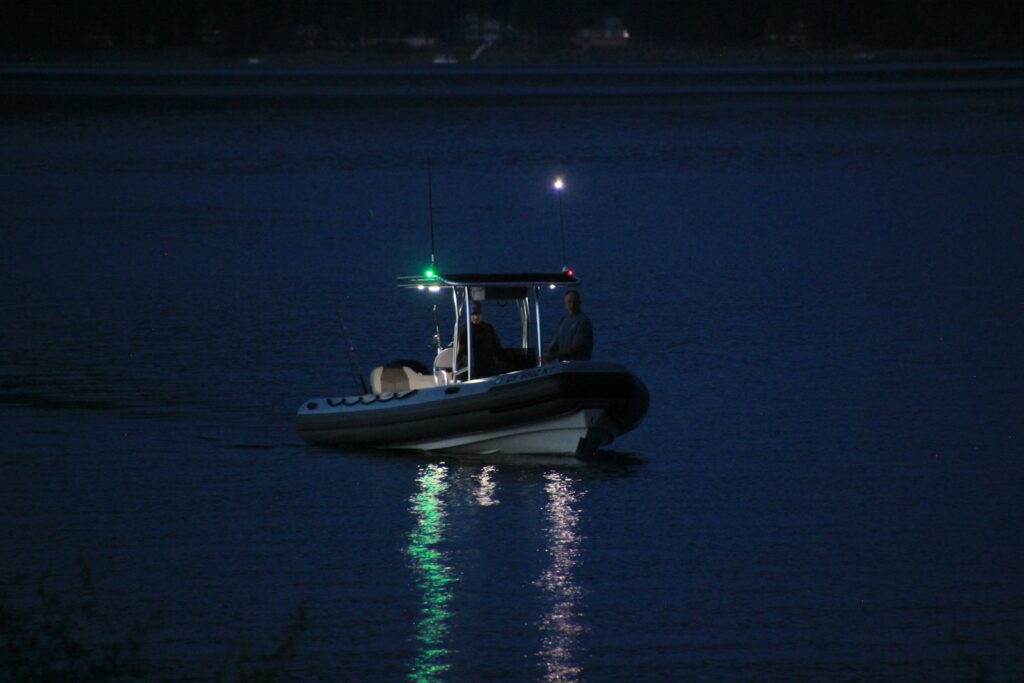
Beyond the practical aspects of catching fish, nighttime shore fishing offers unique aesthetic and experiential elements that many anglers find deeply rewarding. Take time between casts to appreciate the night sky, particularly in remote areas where light pollution is minimal and stars shine with remarkable clarity. The sounds of nature change dramatically after dark, with many coastal areas revealing a symphony of wildlife activity that goes unnoticed during busier daylight hours. Consider bringing a thermos of coffee or hot chocolate to ward off the chill that often accompanies even summer nights near water. Many veteran night anglers describe the experience as almost meditative, combining the focused attention of fishing with the sensory-limited environment of darkness to create a uniquely immersive outdoor experience that transcends the simple pursuit of catching fish.
Conclusion
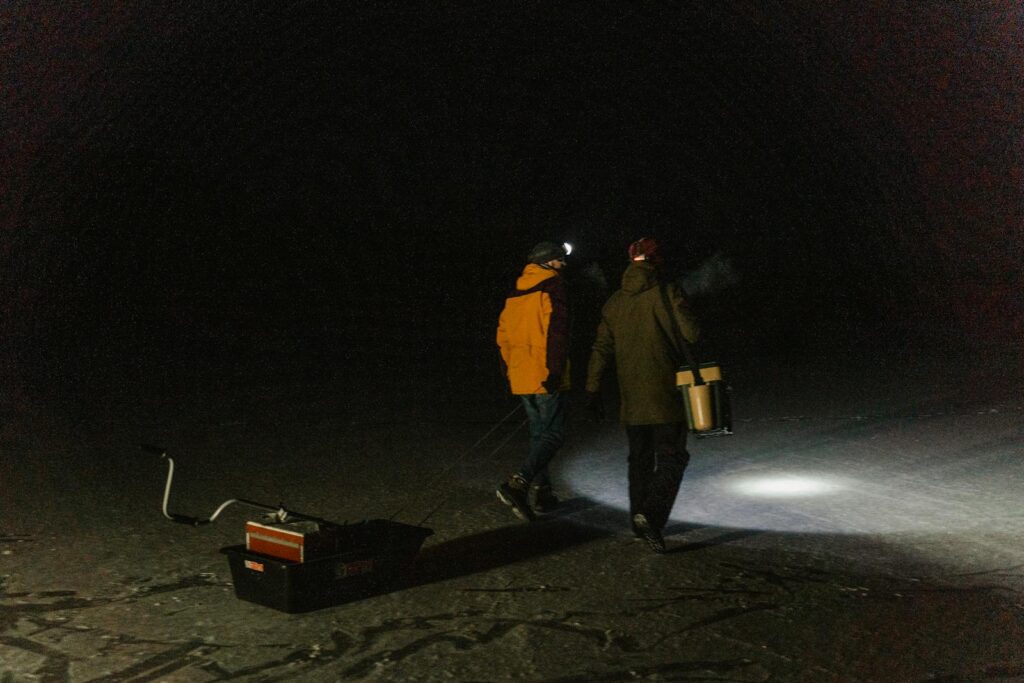
Nighttime shore fishing represents not just a different time to fish, but a fundamentally different approach to the sport. With proper preparation, equipment, and techniques, the darkness transforms from a limitation into an advantage, opening up new opportunities to connect with both remarkable catches and the natural world after sunset. While it demands additional preparation and awareness, the rewards—both in potential catches and unique experiences—make nighttime shore fishing a pursuit worth mastering. Whether you’re seeking trophy fish that venture closer to shore under the cover of darkness or simply enjoying the peaceful solitude of a shoreline after most people have gone home, night fishing offers a distinctive dimension to the angling experience that continues to captivate both novice and experienced fishermen alike.

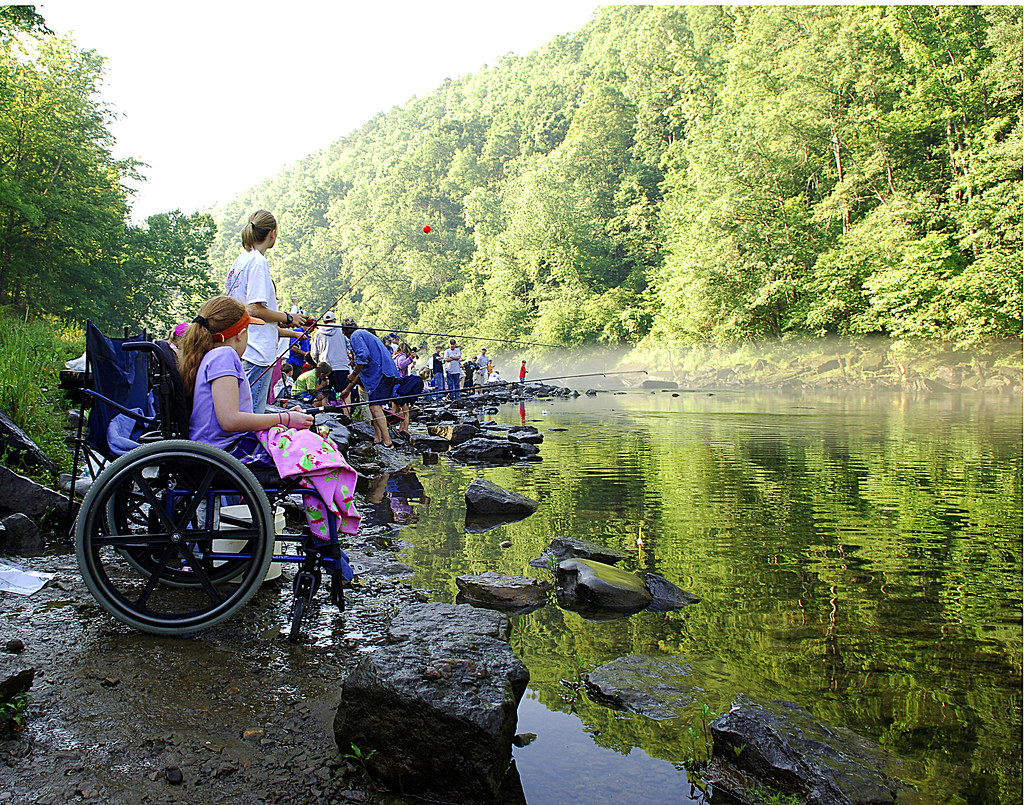
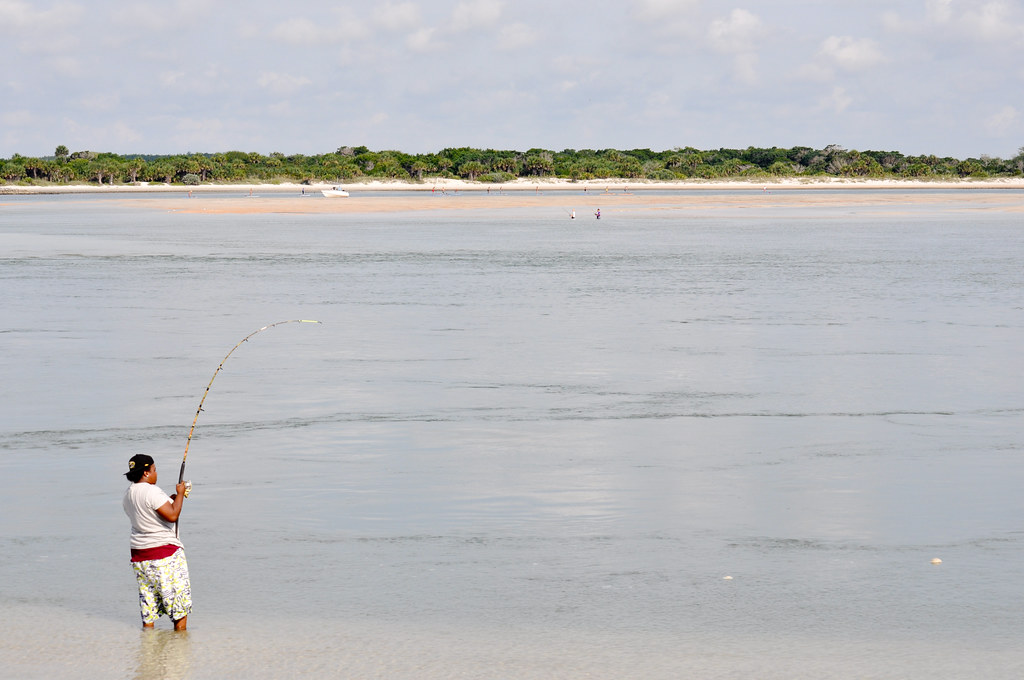











Post Comment